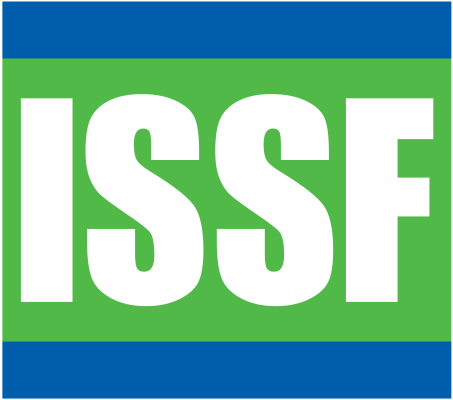Document: ISSF 2016-10: A Maximum Likelihood Approach for Calculating Fish Hold Volume for Tuna Purse Seine Vessels
Fish hold volume (FHV) is a preferred way to measure a vessel’s fishing capacity, but individual vessels’ FHV values are not always available publicly. FHV often must be estimated using more accessible information, such as overall vessel length. But even vessel size and capacity are not always well reported.
In this report, Justel-Rubio and Restrepo present a likelihood-based approach to infer a vessel’s likely FHV based on other size measurements. The authors calculate probable FHV using select data from the 2015 ISSF global list of 1,955 purse seine vessels, which is based on information from regional fishing management organizations (RFMOs) and other sources. The likelihood-based approach assumes that the variance of FHV is proportional to the value of the explanatory length/tonnage variable — fish carrying capacity (FCC), length overall (LOA), length between the perpendiculars (LBP) registered length (RGL), gross registered tonnage (GRT) and gross tonnage (GT).
Downloads: 889 | Views: 0
